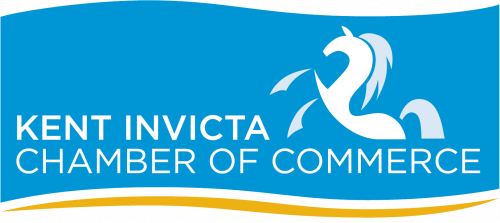Cash flow is the lifeblood of any manufacturing company and having positive cash flow demonstrates your financial health. By understanding what it means and how to manage it, cash flow forecasting will help you thrive in a competitive marketplace.
With effective cash flow forecasting, you can:
Plan for expenditures
Machinery and technology help you stay competitive, but they can be expensive. Understanding these kinds of operational expenditures helps you plan and avoid disruption or debt.
Manage rising costs and supply chain disruptions
Rising prices and supply chain disruptions are rife in the manufacturing industry. You can anticipate and strategise for these challenges if your forecasting is up to scratch.
Manage debt and liquidity
Rates are rising, so borrowing is more expensive. Knowing how much you’ll need, and when, means you can manage debt more intelligently.
Optimise your inventory
Inventory optimisation prevents over-purchasing and tied up cash as well as running out of stock. Both of which can negatively affect your productivity.
Grow as a business
Knowing when additional cash will be available helps you prepare for strategic investments when you need it, from more staff to new machinery and market expansion.
In addition to the above, cash flow forecasts help you improve budgeting, tax planning, and your bottom line, as well as strategic decision-making.
But what goes into a well-executed cash flow forecast?
The key aspects of cash flow forecasting
Sales
Understand past performance, industry trends, and growth predictions to establish an expected revenue.
Costs of goods sold
Also known as COGS, this is crucial and includes the direct costs of production of your goods.
Operating expenses
These are everything from rent to utilities and salaries. Basically, it’s what it costs to run your business.
Cash adjustments
This refers to debt payments, capital expenditures, and adjustments for accounts receivable. It can also include depreciation and other non-cash expenses.
Five best practices for effective cash flow forecasting
- Analyse historical data
Find previous patterns like seasonal trends and events to see how they affected your business. Use this information as a foundation for the future.
- Forecast regularly
Look ahead by at least 12 weeks with weekly or monthly projections. This helps you stick to the plan and make necessary changes.
- Carry out scenario planning
Manufacturing is unpredictable, from broken down equipment to suppliers increasing prices, and political/global events disrupting your supply chain.
Scenario planning helps you prepare for all of these so you’re never caught short.
- Make regular updates
Update your cash flow projections around once a month rather than sticking religiously to your original plan. This helps you navigate changes in your industry and business.
How we can help
At ACE Finance Director, we have years of experience helping businesses like yours plan effectively for the future. Specialising in scenario planning, cash flow budgeting, and cash flow forecasting, we provide an objective view of where you’re at and where you could be.
With unique technology and experience in manufacturing at our disposal, we can help your business thrive for years to come.
If you want to learn more about cash flow forecasting from an expert, drop me a message on LinkedIn or email info@acefinancedirector.co.uk.


